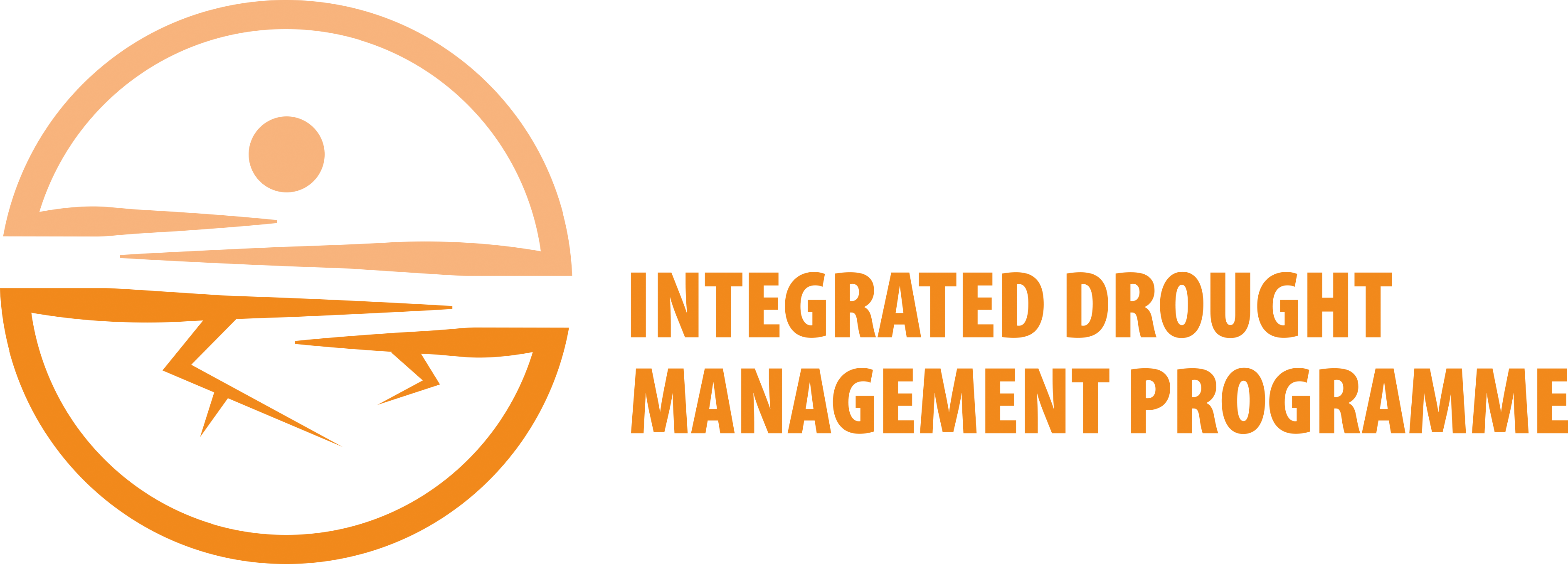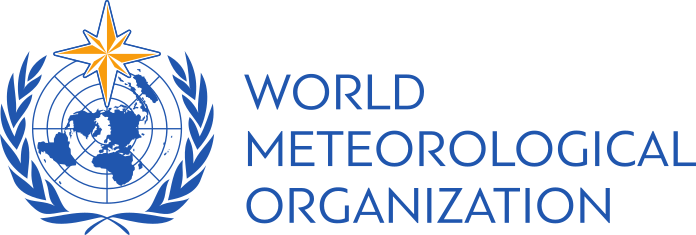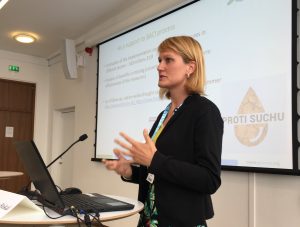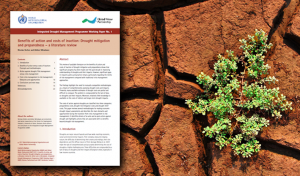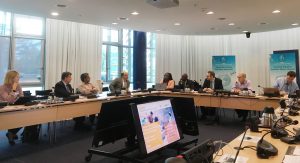One of the outcomes of the High-Level Meeting on National Drought Policy (HMNDP) of March 2013, was to highlight key elements in a national drought management policy that countries should try to address in moving from a crisis management approach to a proactive risk management approach in addressing droughts. One of these elements was understanding the cost of inaction. It was recommended to document the social, environmental, and economic impacts associated with past drought events in order to understand the cost/benefit relationships between a reactive government policy versus a risk-based government policy directed towards investment in mitigation actions that reduce impacts. Such impacts are particularly acute when considering the multiplying forces of poverty, water management challenges, climate change and climate variability.
Drawing on these efforts, the World Bank, the National Oceanic and Atmospheric Administration (NOAA), the World Meteorological Organization (WMO) and the Global Water Partnership (GWP), and other institutions in the context of the Integrated Drought Management Programme (IDMP) are developing a work stream on the costs of inaction and benefits of action, including an analysis of social and environmental losses. This work explores the benefits of actions and the costs of inaction of drought preparedness, which includes the evolution of resilience across time scales, namely how lessons on pro-active drought management have been learned (and which actions were taken) over time and in different sectors.
Below you will find information related to the work stream on benefits of action and costs of inaction on drought.
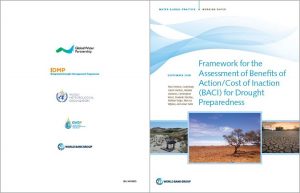 This World Bank, WMO/GWP IDMP Working Paper suggests a methodological framework for the assessment of the benefits of action and costs of inaction (BACI) as a tool to support a shift in drought policy and programs from crisis management to a risk management approach. The framework should be systematic enough to allow for comparability across countries and contexts, with the option of being tailored to the context in which it is being used. In proposing an initial framework for BACI analysis, the authors use the ten-step methodology for developing drought strategies that was created by Wilhite et al. and subsequently codified by the IDMP to help organize the assessment. In this way, the authors embed the BACI assessment in the overall development of a drought risk management strategy. This document is a first approach to guide those responsible for drought management and BACI assessments to ask the right questions at the different stages. Key next steps are to experiment with this draft approach by applying it in multiple contexts to test its usability and to develop more case study examples to showcase how this process can be undertaken and how it can be advantageous to stimulate positive action.
This World Bank, WMO/GWP IDMP Working Paper suggests a methodological framework for the assessment of the benefits of action and costs of inaction (BACI) as a tool to support a shift in drought policy and programs from crisis management to a risk management approach. The framework should be systematic enough to allow for comparability across countries and contexts, with the option of being tailored to the context in which it is being used. In proposing an initial framework for BACI analysis, the authors use the ten-step methodology for developing drought strategies that was created by Wilhite et al. and subsequently codified by the IDMP to help organize the assessment. In this way, the authors embed the BACI assessment in the overall development of a drought risk management strategy. This document is a first approach to guide those responsible for drought management and BACI assessments to ask the right questions at the different stages. Key next steps are to experiment with this draft approach by applying it in multiple contexts to test its usability and to develop more case study examples to showcase how this process can be undertaken and how it can be advantageous to stimulate positive action.
Download the Framework for the Assessment of Benefits of Action / Cost of Inaction for Drought Preparedness
This World Water Week event tackled the paradox that if proactive drought risk management is socially and economically optimal compared with reactive crisis management, why is the shift from crisis to risk management for droughts happening so slowly and how can we change this? It drew on findings from joint activities by the group of expert organizations part of the WMO/GWP Integrated Drought Management Programme (IDMP) including a forthcoming joint publication by the World Bank and IDMP. Short presentations highlighted the importance of the timing to build the political case, how the economic argument needs to be framed within the wider political economy and the need for comparable methods. Through a dynamic interaction with the audience the event reflected on how to motivate proactive action towards drought.
Download the Programme, Conclusions and Presentations
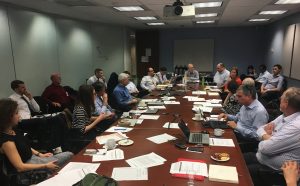 During the workshop, participants collaborated on compatible methodologies, building a framework and developing a work plan to assess the benefits of action and costs of inaction for drought mitigation and preparedness. These actions are aimed at achieving a better understanding of the drought costs, impact pathways, vulnerabilities, costs and benefits of drought crisis and risk management approaches, and the co-benefits of risk management approaches. The workshop was organized by the World Bank, the National Oceanic and Atmospheric Administration (NOAA), and the Integrated Drought Management Programme.
During the workshop, participants collaborated on compatible methodologies, building a framework and developing a work plan to assess the benefits of action and costs of inaction for drought mitigation and preparedness. These actions are aimed at achieving a better understanding of the drought costs, impact pathways, vulnerabilities, costs and benefits of drought crisis and risk management approaches, and the co-benefits of risk management approaches. The workshop was organized by the World Bank, the National Oceanic and Atmospheric Administration (NOAA), and the Integrated Drought Management Programme.
Download the Final Report, Concept Note and Presentations.
This review of available literature on the benefits of action and costs of inaction of drought mitigation and preparedness shows that significant progress has been made over the past decade in improving understanding of droughts and their impacts. However, significant gaps in research, policy and practice remain, particularly regarding the merits of risk management compared with traditional crisis management approaches. This paper reviews several methodologies for making economic drought impact assessments and describes the main obstacles and opportunities facing the transition from crisis management to risk management. It identifies drivers of ex ante and ex post action against drought and highlights actions that are associated with co-benefits beyond drought risk management.
Download the working paper.
The group recommended to develop the draft literature review prepared for the meeting into an IDMP Working Paper on the subject. It also identified the value of producing a handbook on performance metrics for impact studies based on existing approaches in different sectors that address specifically the socio-economic manifestations of drought. An extended workshop was proposed in order to respond to the knowledge gaps identified in the literature review and by the Expert Group Meeting .
Download the IDMP Expert Group Meeting Report.
